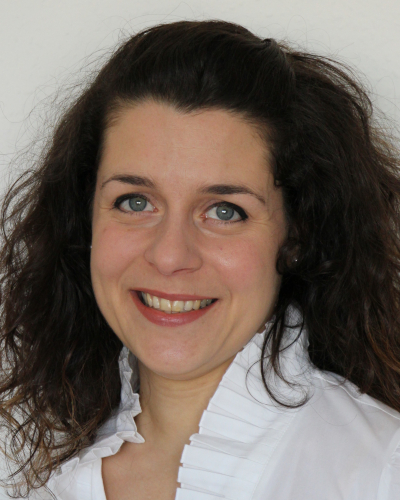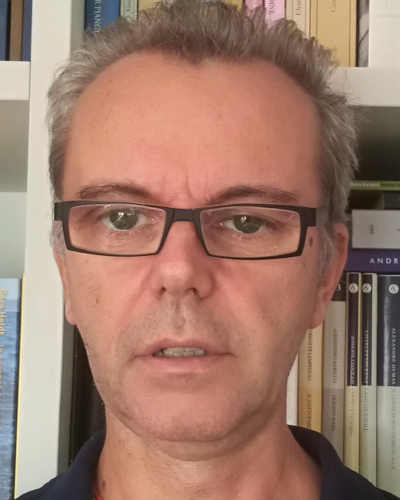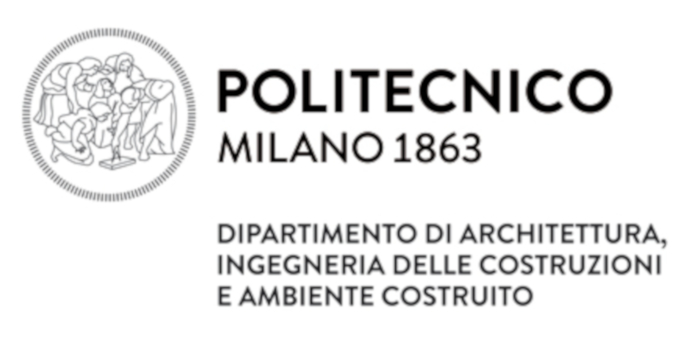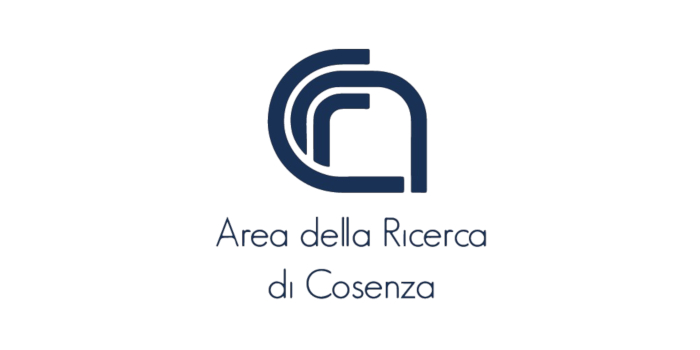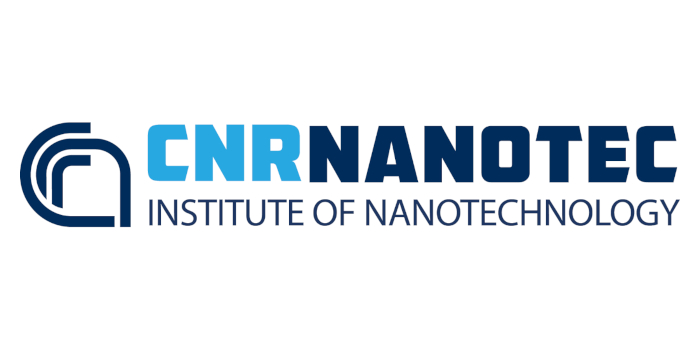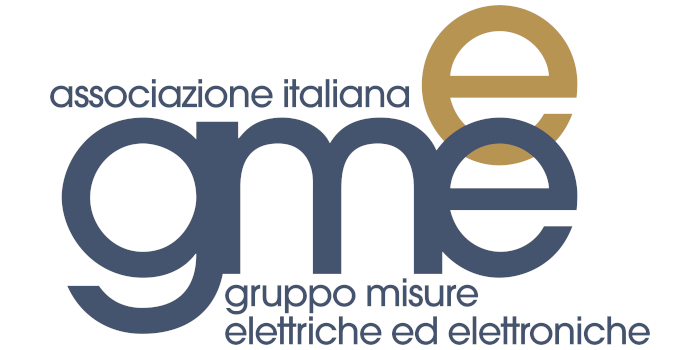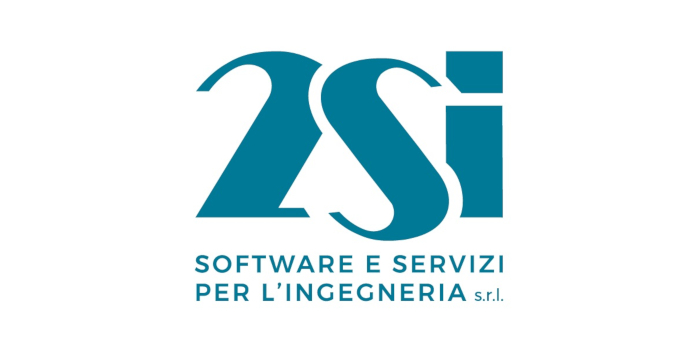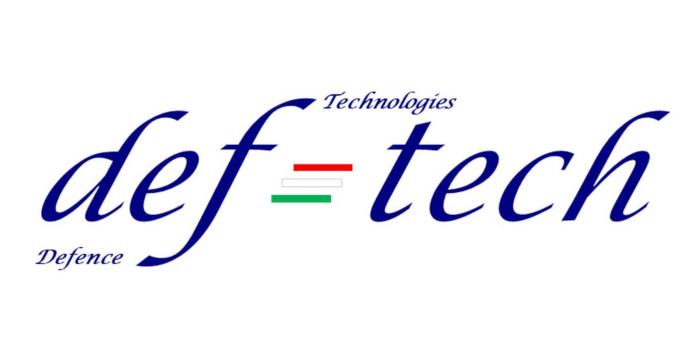SPECIAL SESSION #6
Fiber optic-based measurement instruments for living environment monitoring
ORGANIZED BY
Paola Saccomandi
Politecnico di Milano, Italy
Alfredo Cigada
Politecnico di Milano, Italy
ABSTRACT
Fiber optic-based measurement instruments are characterized by high sensitivity, miniaturization, fast response, remote sensing, easy networking, intrinsic safety and immunity to electromagnetic interference. The cost of analyzers is easily mitigated and shared among a multitude of sensing points, thanks to the high multiplexing capability of fiber optic sensors and to the possibility to transfer data along long distances, maybe sharing the fiber optic backbones already existing in new buildings.
These features elect fiber optic sensors to be a promising technology for living environment monitoring with respect to other conventional solutions.
Fiber optic sensors can be applied to design several instruments, which include, but are not restricted to, the following cases: wearable and non-obtrusive sensors for monitoring physiological parameters during daily activities, gas and particles sensors for environmental monitoring in soil, water and air, measurement systems for structural health monitoring. Moreover, the multiplexing property of some fiber optic sensor technology (i.e., fiber Bragg grating, distributed sensing) can be considered not just in terms of the number of sensors measuring the same quantity, but rather in terms of different sensing options (e.g., temperature, humidity, strain, pressure, gas concentration), all on the same fiber embedding different sensors.
This special session aims at presenting the trends, technologies, methodologies and future perspectives of fiber optic-based measurement instruments devoted to the monitoring of mechanical, thermal, chemical, biomedical quantities in living environments.
Special attention will be paid to the methods used for measurement data processing, and to the metrology aspects of the measurement instruments (e.g., sensors’ accuracy, measurement uncertainty, measurement repeatability, ...), with the aim to provide a complete characterization of the instruments and leverage discussion on other potential applications.
MAIN TOPICS
Topics of interest include but are not restricted to:
- fiber optic-based measurement instruments for indoor and outdoor environments
- structural health monitoring with fiber optic sensors
- thermal, mechanical, and chemical sensing with fiber optic sensors
- fiber optic sensors for environmental monitoring
- fiber optic sensors for monitoring physiological, biomedical, and biological quantities
- design and fabrication of new fiber optic sensors-based instruments
- metrology aspects in fiber optic measurements
- signal processing
ABOUT THE ORGANIZERS
Paola Saccomandi (Senior Member, IEEE) received the Ph.D. degree in biomedical engineering from the Università Campus Bio-Medico di Roma, Rome, Italy, in 2014. From 2016 to 2018, she was a Post-Doctoral Researcher with the IHU Strasbourg—Institute of Image-Guided Surgery of Strasbourg, Strasbourg, France. Since 2018, she has been an Associate Professor with the Department of Mechanical Engineering, Politecnico di Milano, Milan, Italy. She is the Principal Investigator of two European Research Council projects and many national and international projects. Her main research interests include fiber optic sensors and measurement systems, biomedical imaging, and the development of light-based approaches for hyperthermal tumor treatment and monitoring.
Alfredo Cigada (Member, IEEE), Ph.D. in Applied Mechanics, is Professor of Mechanical and Thermal Measurements at Politecnico di Milano, Italy. His main research topics deal with the development of new measurement systems for structural health monitoring of civil structures and cultural heritage. He is the Principal Investigator of several national and international projects aimed at the development of new sensing systems, data networks and analysis.

